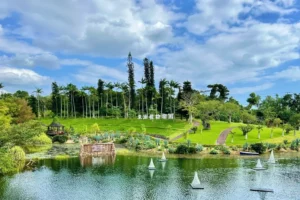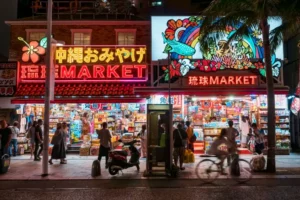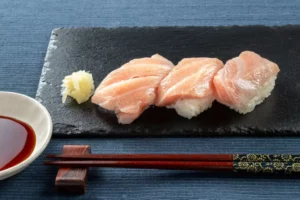Miyajima, in Hiroshima Prefecture, is one of the most beautiful places in Japan. The island is famous for its “floating” torii gate (a gate found at Shinto shrines) and wild deer population. It’s also famous for its specialty sweet: momiji manju (a Japanese maple leaf-shaped pastry).
These traditional Japanese sweets are a local specialty in Miyajima. The red bean filling is in the same family as snacks like taiyaki or dorayaki. However, with a cake-like texture and an adorable leaf design, momiji manju is a must-try if you visit Hiroshima.
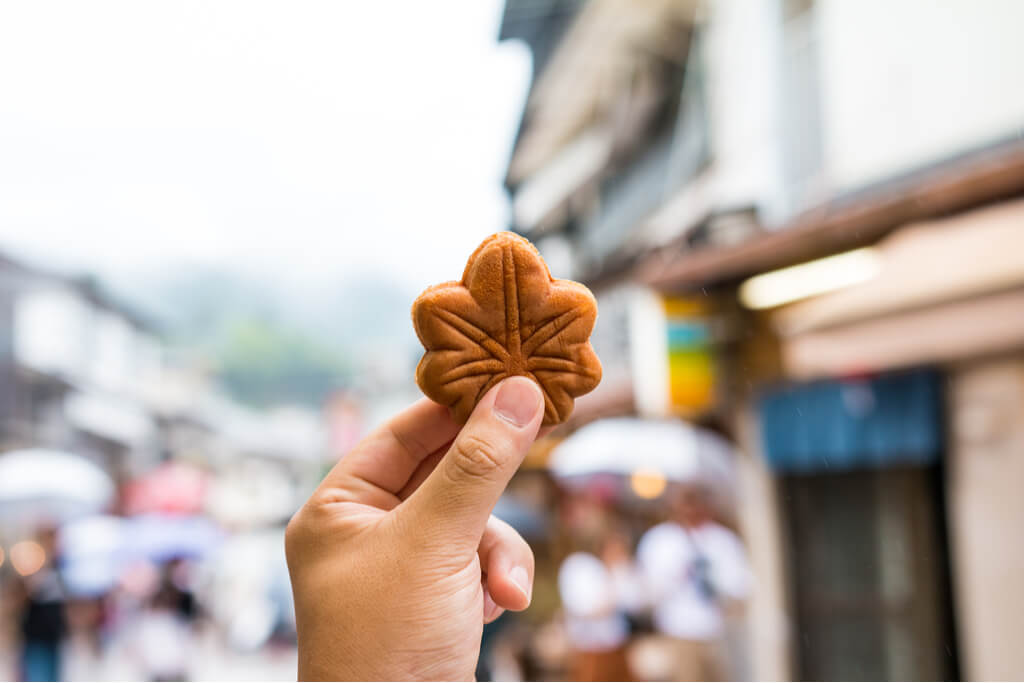
Table of Contents
ToggleWhat are momiji manju?
Let’s first look at the name of this sweet momiji manju. Momiji means maple leaf in Japanese, and manju steamed buns have a red bean paste filling. Manju are Japanese wagashi (a traditional Japanese sweet) and one of the most popular Japanese desserts. As the name suggests, momiji manju are regular manju in a maple leaf shape.
However, these sweets differ from regular manju in more than just design. Most manju are steamed, giving them an outer texture similar to a Chinese bun. But this kind is baked in a maple leaf-shaped iron mold, giving the sweet its classic maple leaf design.
You don’t have to travel to Miyajima to try momiji manju. Sakuraco sends many specialty Japanese sweets from different prefectures straight to you.
Momiji manju also use castella-like cake batter, containing eggs, wheat flour, sugar, milk, and honey. This makes the outer shell fluffier and thicker than that of regular manju. Over the years, many variations of this sweet grew in popularity. While momiji manju traditionally contains koshi-an (a sweet, pureed bean paste), they have many different fillings today. Some more traditional fillings are tsubu-an (chunky sweet bean paste), chestnut white bean paste, sweet potato paste, and maple-flavored paste.
However, there are also modern flavors, like chocolate, matcha cream, cream cheese, and custard cream. Some other delicious variations include deep-fried, black, raw (made with a mochi-like flour dough), and a version dipped in chocolate. With so many types, no matter your preferences, you’re sure to find a type to suit your taste.
Why do they use maple leaves?
Momiji manju debuted in 1907 by the wagashi maker Takatsu Tsunesuke during the Meiji era. Tsunesuke supplied wagashi to a ryokan (Japanese inn) on Miyajima Island called Iwaso. This inn was famous for its lovely views of Momiji-dani (maple leaf valley), a valley with over one thousand maple trees. The valley has many beautiful, fiery-colored leaves every fall, making it a popular spot for momijigari (autumn leaf viewing). The inn was so famous that Japanese and Korean royalty would visit to admire the fall colors.
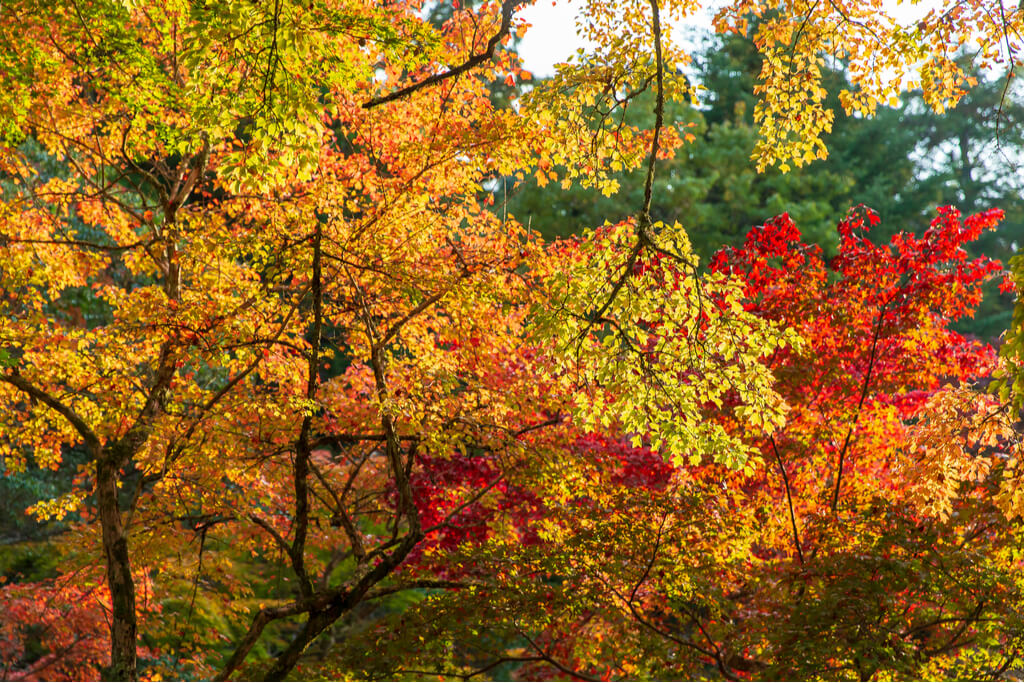
However, the mistress of Eiko, another ryokan, wanted a special kind of wagashi unique to her inn. It would both welcome esteemed guests and celebrate the beauty of the area’s fall foliage. As a result, they asked Tsunesuke to invent a new sweet. He invented leaf-shaped molds and, after some trial and error, produced the now famous momiji manju. The sweets became an instant hit, and people produced them all over Hiroshima. As a result, they are a symbol of the prefecture!
Where can I find these treats?
You can still try Tsunesuke’s original creation at the shop, Takatsudo, opened by Tsunesuke’s descendants. The shop, however, was moved to the mainland and is currently located in Miyajimaguchi. Momiji manju were cooked four times in a mold that must be hand-pressed and rotated. However, in the 1960s, in Hiroshima City, the Momiji Manju Making Machine was developed.

This machine automatically rotates the molds and can produce over 2500 pieces per hour. These machines are for mass-producing momiji manju for large souvenir boxes. However, many places in Hiroshima, especially on the island of Miyajima, still do it by hand. There is even a shop where you can experience making momiji manju yourself.
Momiji Manju Today
Today, you can purchase momiji manju all over Hiroshima. They are a popular souvenir so boxes are available at many gift shops at any major railway station or airport in the prefecture. These maple leaf-shaped buns are so popular that they have a Japanese Kit Kat flavor. The main road of Miyajima Island, which leads to the famous Itsukushima Shrine, has many stores that produce maple-shaped sweets. Any of these shops will serve them fresh and piping hot. Just be careful; a hungry deer doesn’t take a bite before you do!




